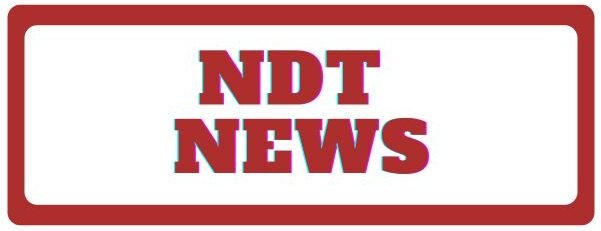The 1995 penny, also known as the Lincoln penny, is a significant coin in the world of numismatics (coin collecting). While most 1995 pennies are relatively common, some feature errors that can greatly increase their value. In this article, we will discuss various types of errors found on the 1995 penny, how to identify them, and their potential worth in the collector’s market.
Overview of the 1995 Penny
Before diving into the errors, it’s essential to understand the basic characteristics of the 1995 penny:
- Obverse (Front): Features the iconic portrait of Abraham Lincoln, designed by Victor David Brenner.
- Reverse (Back): Displays the image of the Lincoln Memorial, also designed by Brenner.
Key Features
| Attribute | Details |
|---|---|
| Year | 1995 |
| Mint Mark | P (Philadelphia), D (Denver), or S (San Francisco) |
| Composition | 97.5% Zinc, 2.5% Copper |
| Weight | 2.5 grams |
| Diameter | 19.05 mm |
Common 1995 Penny Errors
Several types of errors can occur during the minting process, making certain 1995 pennies highly sought after by collectors. Below are some of the notable error types:
| Error Type | Description | Estimated Value |
|---|---|---|
| Double Die Obverse | A noticeable doubling of Lincoln’s image or inscriptions on the front. | $100 to $1,000 or more, depending on clarity. |
| Off-Center Strike | The design is misaligned, resulting in part of the coin being cut off. | $50 to $300, based on how off-center it is. |
| Die Cracks | Cracks appear in the die, causing raised lines or errors in the design. | $5 to $20, depending on visibility. |
| Clipped Planchet | A portion of the penny is missing due to an error during cutting. | $50 to $150, based on size. |
| Struck Through Debris | Dirt, grease, or other materials on the die cause parts of the design to be missing. | $10 to $50, depending on the extent. |
| Wrong Planchet Error | A penny struck on the wrong metal, such as a nickel or dime planchet. | $500 or more, depending on the type of planchet. |
Detailed Descriptions of Errors
1. Double Die Obverse
This is one of the most valuable errors. The doubling can usually be seen on the date or the words “In God We Trust.” Collectors will often pay a premium for pennies with this error.
2. Off-Center Strike
An off-center strike occurs when the coin is not properly aligned when it is struck, leading to a design that is partially cut off. This creates a unique appearance, making it an interesting addition to any collection.
3. Die Cracks
Die cracks are common but can still add value. They appear as raised lines on the coin, typically seen on Lincoln’s portrait or along the edges.
4. Clipped Planchet
A clipped planchet occurs when the metal used for the penny is improperly cut. This results in a missing piece, creating a unique shape.
5. Struck Through Debris
If debris gets stuck on the die before striking the coin, it can create areas where the design is missing. These coins are often less valuable but can be interesting to collectors.
6. Wrong Planchet Error
This occurs when a penny is struck on a planchet meant for another denomination. For example, a 1995 penny struck on a nickel planchet can be extremely valuable.
How to Identify and Collect 1995 Penny Errors
Steps to Identify Errors
- Examine Your Coins: Use a magnifying glass to look closely at the details. Pay attention to doubling, off-center strikes, or any unusual markings.
- Compare with Reference Images: Use online resources or books that provide images of known errors. This can help you identify potential errors in your collection.
- Consult with Experts: If you’re unsure about a coin, consider consulting with a numismatic expert or a reputable coin dealer.
Collecting Tips
- Store Properly: Keep your pennies in a protective holder or album to prevent scratches and damage.
- Join a Coin Club: Engaging with other collectors can provide valuable insights and access to information about rare finds.
- Stay Informed: Regularly check online forums, magazines, and auction sites to stay updated on current values and trends in coin collecting.
Conclusion
The 1995 penny is more than just a common coin; it has the potential to hold significant value for collectors, especially those with minting errors. From double dies to off-center strikes, the variety of errors found on these coins adds excitement to the world of numismatics. Whether you’re a seasoned collector or just starting, knowing what to look for can help you discover valuable coins in your collection or change. Happy hunting!
FAQ’s
What is the value of a regular 1995 penny?
A regular 1995 penny is worth its face value of one cent, but uncirculated ones can be worth a few cents to a dollar.
How can I tell if my 1995 penny has an error?
Look for signs of doubling, misalignment, or other unusual features. Use a magnifying glass for a closer inspection.
Where can I sell my 1995 penny errors?
You can sell your coins to local coin dealers, at coin shows, or online through auction sites like eBay.

